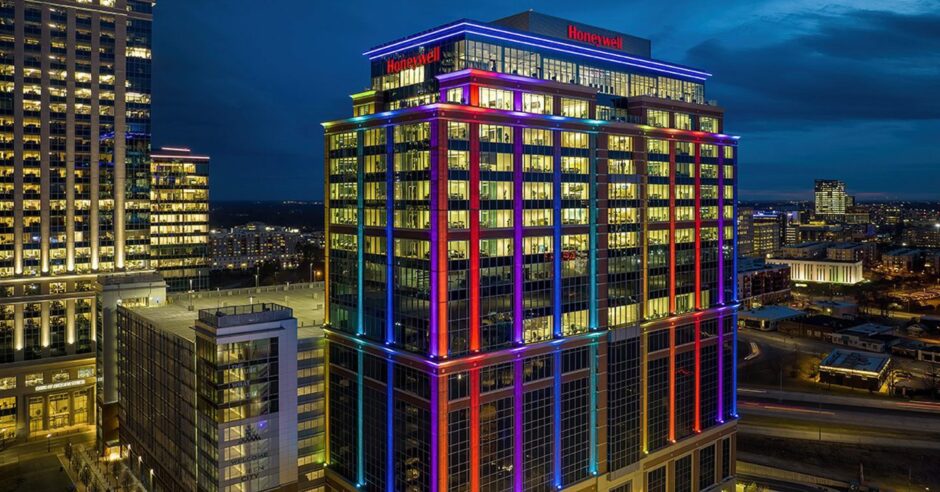
The world must tackle methane emissions to limit future temperature rises. While there have been a number of efforts launched on fugitive emissions, not enough scrutiny has been paid to process emissions, Honeywell’s Adrian Fielding explained.
The official, Honeywell’s general manager for emissions control and reduction, said process emissions had been unjustly overlooked.
“Not a lot of people talk about process emissions, they may be 10 times greater than fugitive emissions and over a longer period,” Fielding explained.
Any industrial process that is using gas, is likely to be emitting some gas, he noted. “If you’re losing gas, you’re losing profits, it’s just being vented into the atmosphere”, he said.
“The challenge the industry has is in the accuracy of reporting. There’s legislation around methane [emissions] and corporate standards, but the accuracy of data isn’t there now.”
Calculation on process emissions focuses on snapshots and estimates, he continued. Companies may carry out periodic testing through a flyover – of a satellite, aircraft or drone – or carry out manual checks.
Talking tech
Honeywell aims to tackle this problem through continuous monitoring, Fielding explained, “we’re changing the game”. The company offers two technologies to identify problems in this way.
Honeywell offers a “top-down camera that detects methane, and other gases, providing a continuous visual overview”. The second is a device around the size of a Coke can, Fielding said, which can be magnet-mounted in the “heart of operations. It’s quickly deployed and communicates wirelessly, and it can go right in the middle of the game.”
Analysing data from these two sources, using analytics to account for wind speed and direction, allows operators to find the source of emissions at the equipment level.
Operators can extend the use of this analysis, through optimising facility operations. A company can calculate how long a given piece can function, before beginning to leak, and then schedule preventative maintenance.
“You address those future emissions, while maintaining operations and profitably, by taking action now,” Fielding said. Honeywell espouses a philosophy of M2R2 – monitor, measure, report and reduce.
While the company is eager to make the case for continuous measurement, it takes time for industry and standards bodies to get to grips with new methods.
“There’s a need to embrace new technologies,” Fielding said, “it’s game changing what we can do”.
Recommended for you

